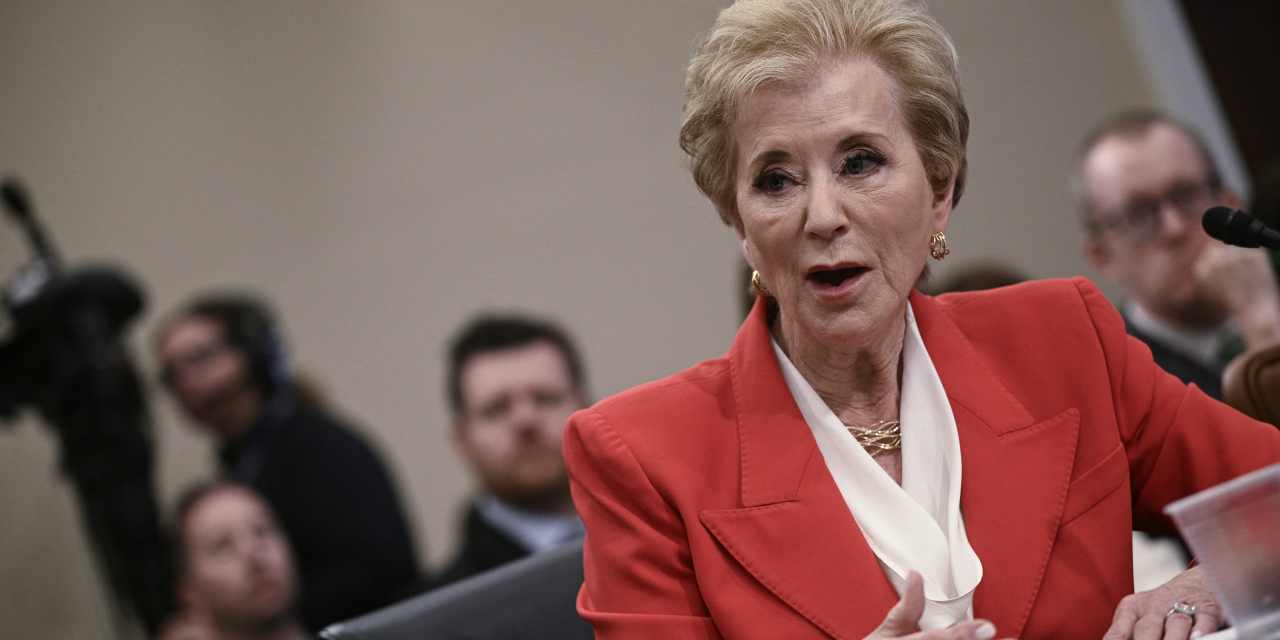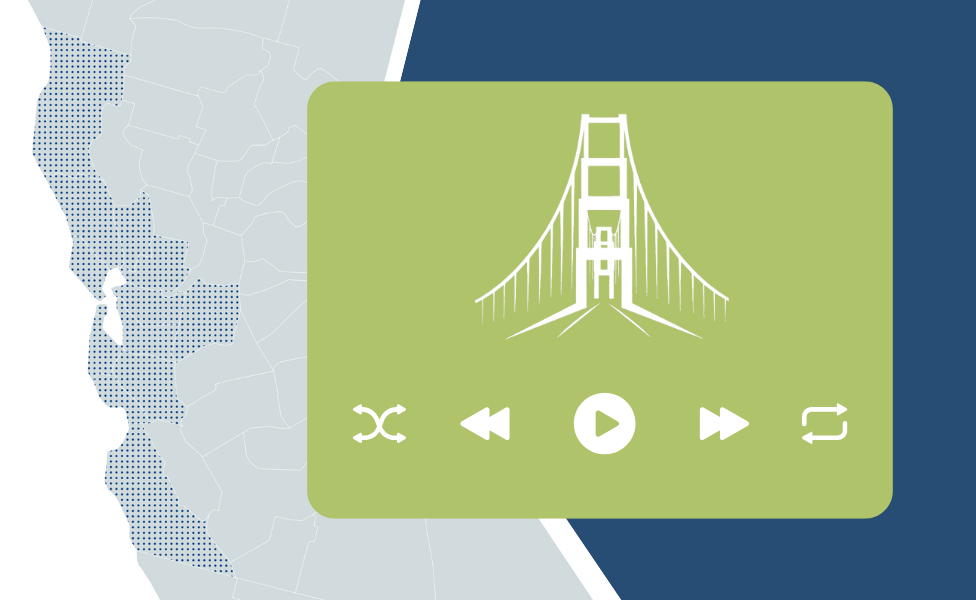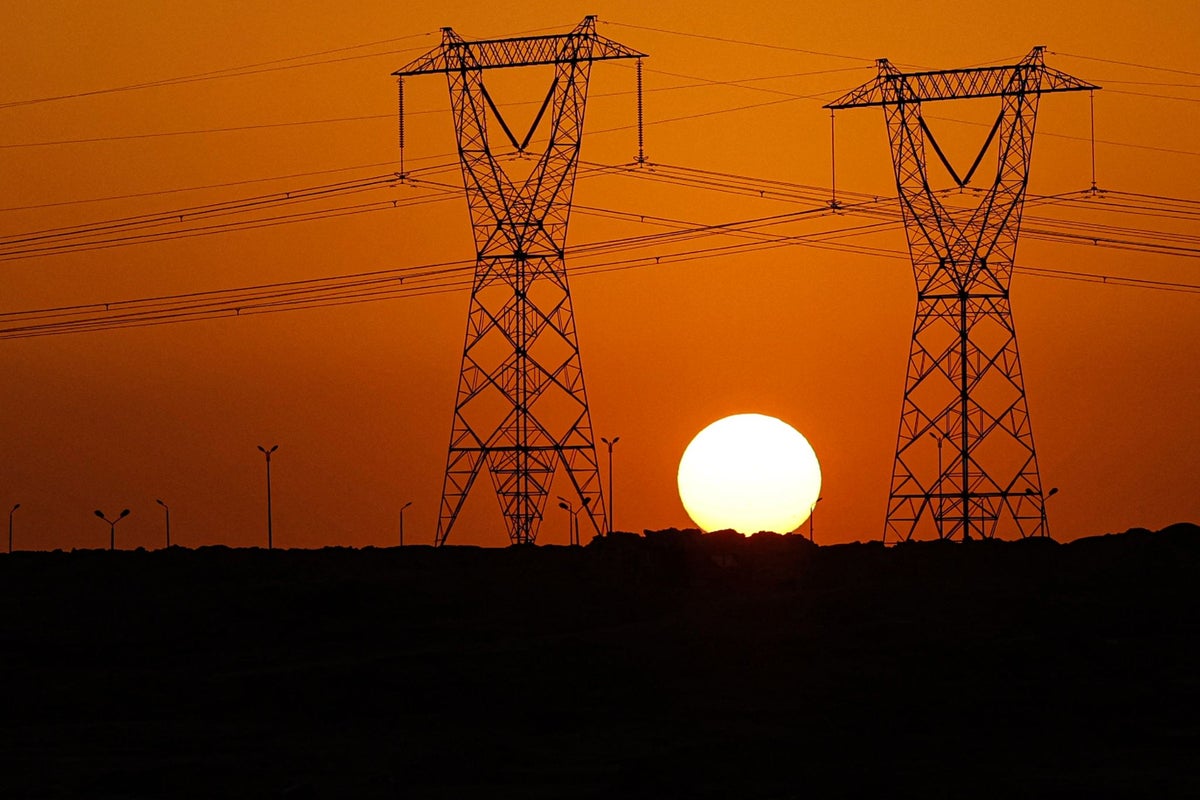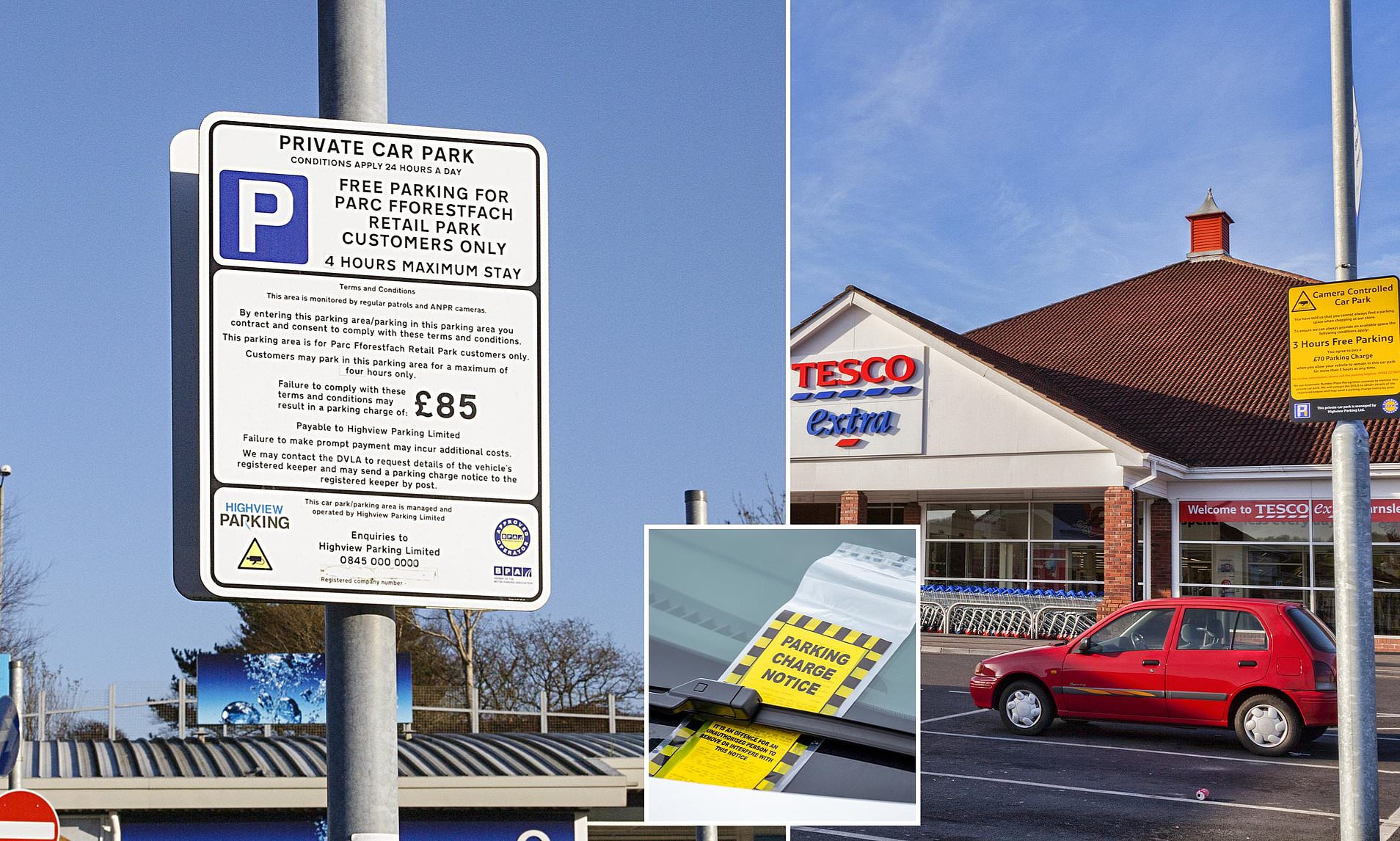
Student Loan Interest is Back: What Every American Needs to Know.

Student Loan Borrowers Face New Challenges as Interest Resumes
For nearly eight million student loan borrowers, the uncertainty surrounding their repayment plans is set to escalate. Starting in August, these borrowers will see their loan balances increase as interest on their loans resumes after a lengthy pause. This decision follows a contentious period where the legality of the Saving on a Valuable Education (SAVE) plan has been debated in federal courts.
Background of the SAVE Plan
The SAVE plan was introduced by the Biden administration in 2023 as a way for borrowers to repay their loans based on a percentage of their income, with the remainder forgiven after a set number of years. For over a year, borrowers enrolled in this plan have been in a state of limbo, enjoying a temporary reprieve from payments and interest accrual due to a court injunction halting the plan’s implementation. The Education Department’s recent announcement indicates that this status quo is changing, citing that while they have the ability to prevent negative amortization, they do not have the authority to maintain a 0% interest rate for borrowers.
Impact of Resuming Interest
As interest resumes, borrowers will face significant financial repercussions. An analysis from the Student Borrower Protection Center indicates that the average borrower could see their costs increase by over $300 a month, translating to more than $3,500 annually. Many borrowers, some already in default, are bracing for the consequences of the student loan system, which can include wage garnishment and tax refund offsets.
Education Secretary Linda McMahon emphasized the need for borrowers in the SAVE plan to transition to other legally compliant repayment options, such as the Income-Based Repayment Plan, to access crucial loan benefits and make progress toward loan forgiveness.
Systemic Challenges for Borrowers
The ongoing legal and administrative hurdles have made it increasingly difficult for borrowers to navigate their options. Since the beginning of 2025, borrowers have witnessed a rollercoaster of policy changes regarding repayment plans. The recent law signed by President Trump is expected to further reshape student loan repayment options, eliminating many income-driven plans, including SAVE, for new borrowers starting in July 2026.
As the landscape evolves, current borrowers will have until 2028 to transition to a congressionally authorized income-based repayment plan or one of the new options created under the new law. The change raises questions about the affordability and accessibility of repayment plans for low-income borrowers, who may find themselves paying more under the new repayment assistance plan (RAP).
Evaluating Options for Borrowers
For those enrolled in SAVE, it is crucial to start evaluating other repayment options. Betsy Mayotte, president of the Institute for Student Loan Advisors, advises borrowers considering Public Service Loan Forgiveness (PSLF) to assess whether to ride out the forbearance period. While the months spent in SAVE forbearance do not count toward the required 120 payments for forgiveness, some may find it more cost-effective to utilize a “buy back” option to regain months spent in forbearance.
However, for others aiming for loan cancellation under different income-driven repayment plans, it may be more beneficial to switch plans altogether. The Education Department and loan servicers are currently grappling with a backlog of over 1.5 million applications, which complicates the process of securing an affordable payment plan.
Future Considerations
As borrowers navigate these changes, it is essential to remain informed and proactive. The backlog of applications is expected to take until April 2027 to clear, creating further delays for borrowers seeking new plans. While some servicers have made progress, a specific group of applicants still faces challenges due to the ongoing litigation related to SAVE.
For borrowers not pursuing PSLF or income-driven repayment options but seeking the lowest monthly payment, it may be advisable to endure the forbearance period while making payments towards interest to mitigate the growth of their loan balances.
Conclusion
The return of interest on student loans marks a new chapter for millions of borrowers who have already faced significant uncertainty and challenges. As the landscape of student loan repayment continues to shift, it is critical for borrowers to stay informed about their options and seek assistance as needed to navigate this complex system.








